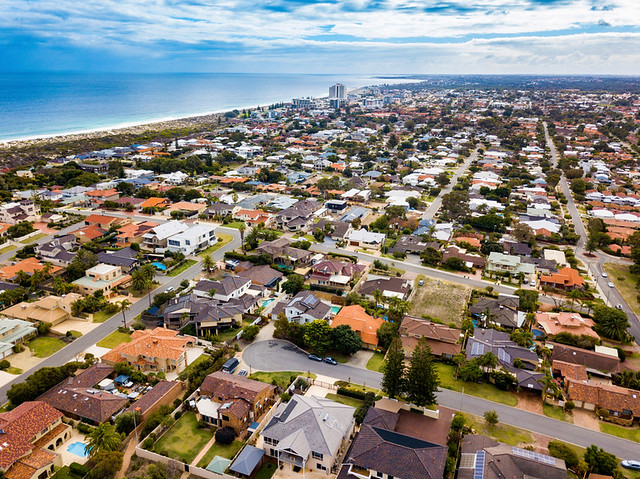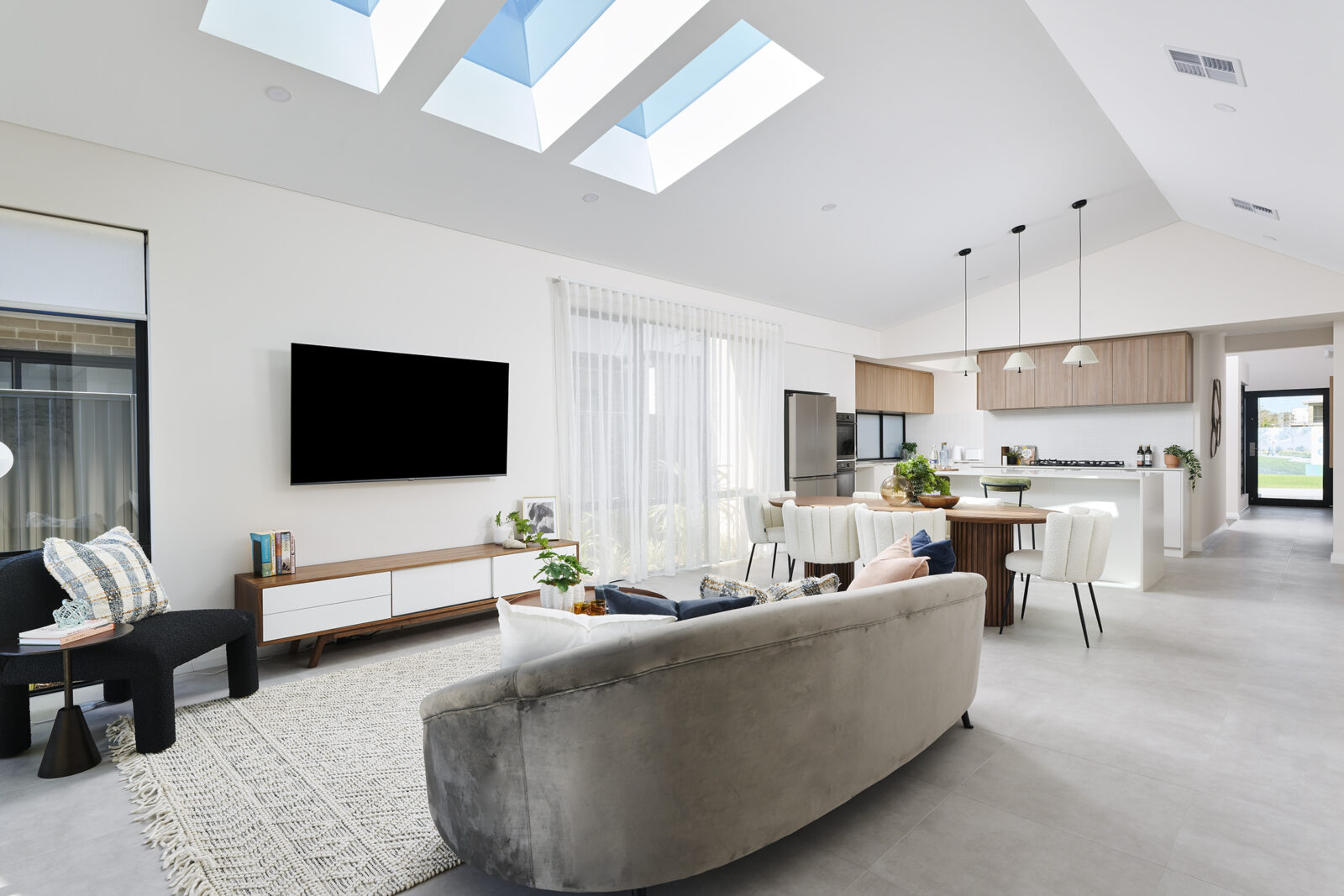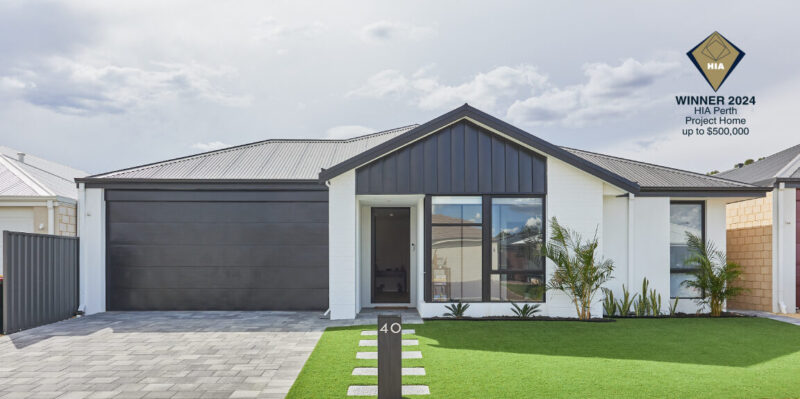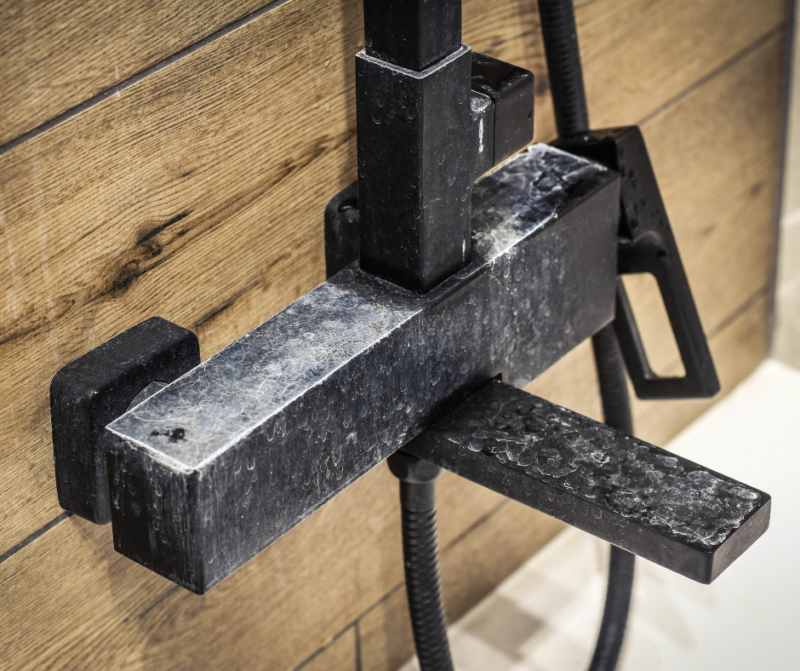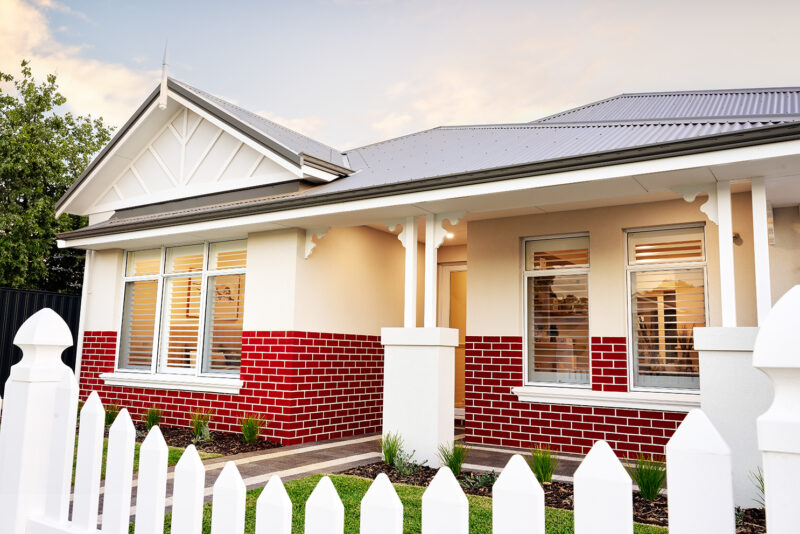It’s like the common question: which comes first, the chicken or the egg? The same goes for your new house. There are many schools of thought with pros and cons for each. What everyone does agree on is that there needs to be harmony between your choice of land and the plan of your house.
Choosing the land first has lots of advantages. First, it means you know exactly what you have to work with when designing your home. This includes the gradient of the land, the size of the land, the orientation and the outlook.
When it comes to the costs involved as well, understanding what the land is like prior to designing your home usually means there will be less changes and fewer mistakes to deal with down the line.
Why? Because you have an understanding of what needs to be done structurally and environmentally prior to choosing the design of the home. These costs can be incorporated into your overall budget.
The key factors
If you choose to purchase your land first, or indeed a house and land package, there is a lot to consider when then deciding on the design of the home. So, what do you need to think about?
1. The size of the land
There’s no point choosing a beautiful new home design, to then find out it won’t fit on the land you’ve purchased. And we’re not just talking about the physical building here. We’re also talking about the area around the house, including how far from the boundary the structure needs to be, landscaping required and how much outdoor area you’d like to have. You don’t want the structure to overtake the land. But on the flip side, if you know you have a narrow or smaller block of land, you may need to compromise on your outdoor space. So understanding what you have to work with is critical.
2. The type of block
Land comes in all shapes and sizes. And some blocks aren’t exactly level. That’s okay, as long as you know this prior to choosing your home. The gradient of the land can most definitely be worked with and choosing a design that complements the slope, rather than works against it, is critical. For example, entering the home at the lower level with bedrooms and then walking upstairs to the kitchen and living areas means you can take ample advantage of any views and also of the air circulation, in the most important areas of the home.
3. The location of the land
The location of the block chosen also has a lot of influence over the house design. North/south facing blocks, for example, will work better with certain floor plans and layouts compared to east/west. Do you want your bedrooms facing east to wake up with the sun? Is it better to have your living areas facing west, which then often means you have to shut the blinds in the late afternoon to handle the sun streaming in as it sets? Location may also determine where you place doors as opposed to windows and what views you wish to take advantage of.
Orientation of your new home matters
Orientation doesn’t just refer to which way the land faces. It also refers to how you’re going to build your home. Good orientation can help with a number of things. This includes ensuring your home is more energy efficient by making use of the wind patterns. Cross-breezes and good ventilation can mean the difference between using air-conditioning in summer and not needing it at all.
Choosing the right orientation can also make a huge difference when it comes to natural light. For example, living areas are best suited to facing north. This captures the sun and provides a lot of natural light which is always a win. Some people will also suggest positioning bedrooms facing south. This means cooler sleeping conditions, especially in the summer.
However, it’s important to look at the property from all angles. The backyard for example, is the perfect area to face west to capture the afternoon sun, which is usually the time most people spend in the outdoor areas. In terms of windows, those facing east will receive morning sun which means the house can heat up very quickly, while those facing west will receive afternoon sun which means the house will remain hot for longer.
There is no perfect orientation. But it is important to consider orientation when designing your home. When it comes to the sun, try to maximise it as much as possible, but it’s always a good idea to plant some shady trees nearby to protect your home from the harsher conditions in summer.
Final tips
Once you’ve chosen your land, there are some vital elements of the design process that you really need to consider to ensure the building works seamlessly with the land.
- Budget – understanding your budget means knowing where you can wiggle a bit and when you need to stop.
- Wish list – what is it that you absolutely need, what do you want and what can you do without?
- Lifestyle – understanding how you will use your home will help determine the type of house you choose. One level or two? How many bedrooms, how many living areas? Do you need a big outdoor area or can you get away with a nice deck? Do you want an open plan?
- Future proof – think about how you will use your home in the future and ensure the current floor plan can be flexible. For example, can the TV room be turned into a playroom and then eventually a teenage bedroom if required?
You’ve bought the land, and now you’re designing your dream home. Along with the orientation of the home to make the most of the seasonal variations, it’s important to consider the gradient of the land, the size of the land and the way you wish to use the land. But the most important thing to ensure, is that that building and the land complement each other.
